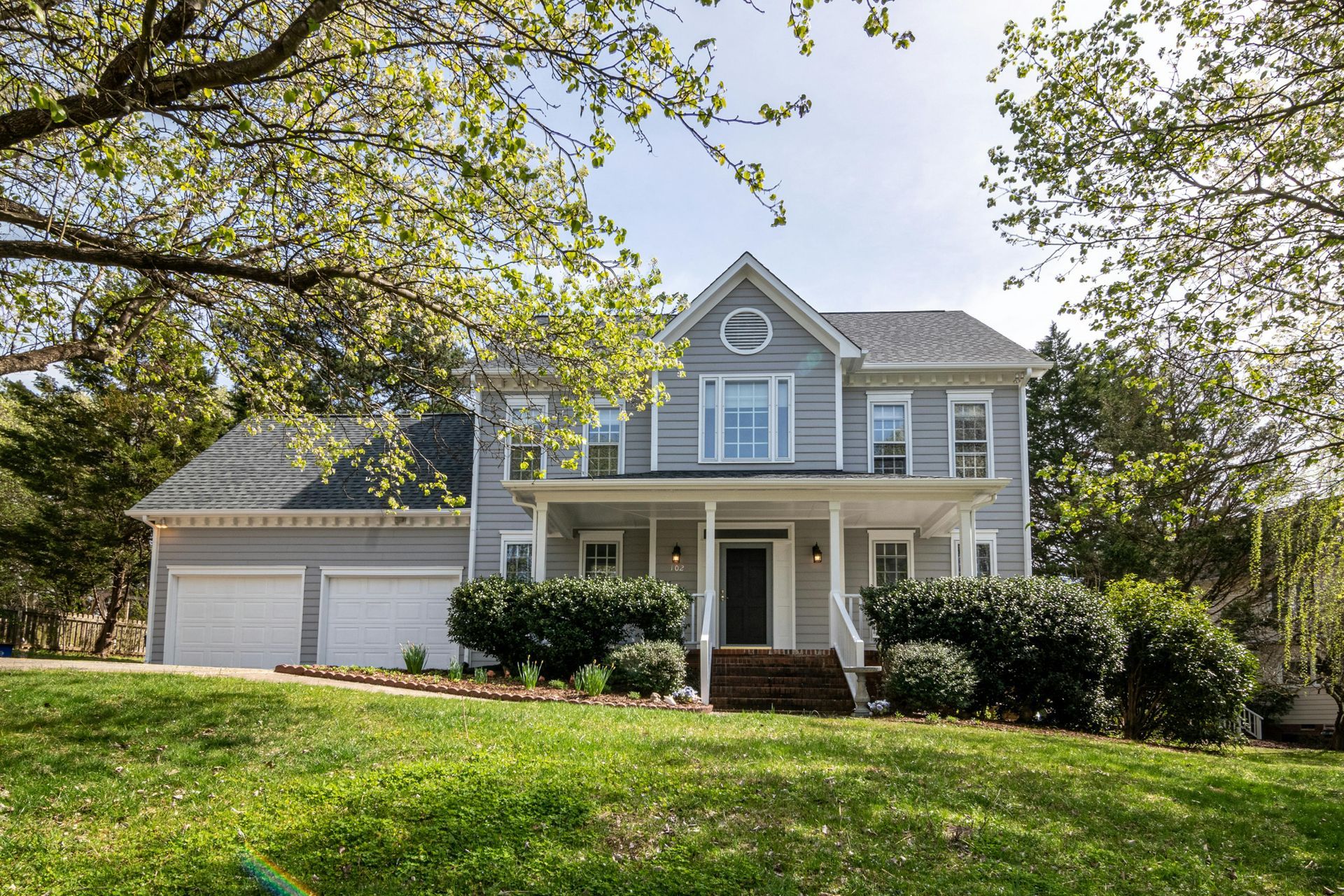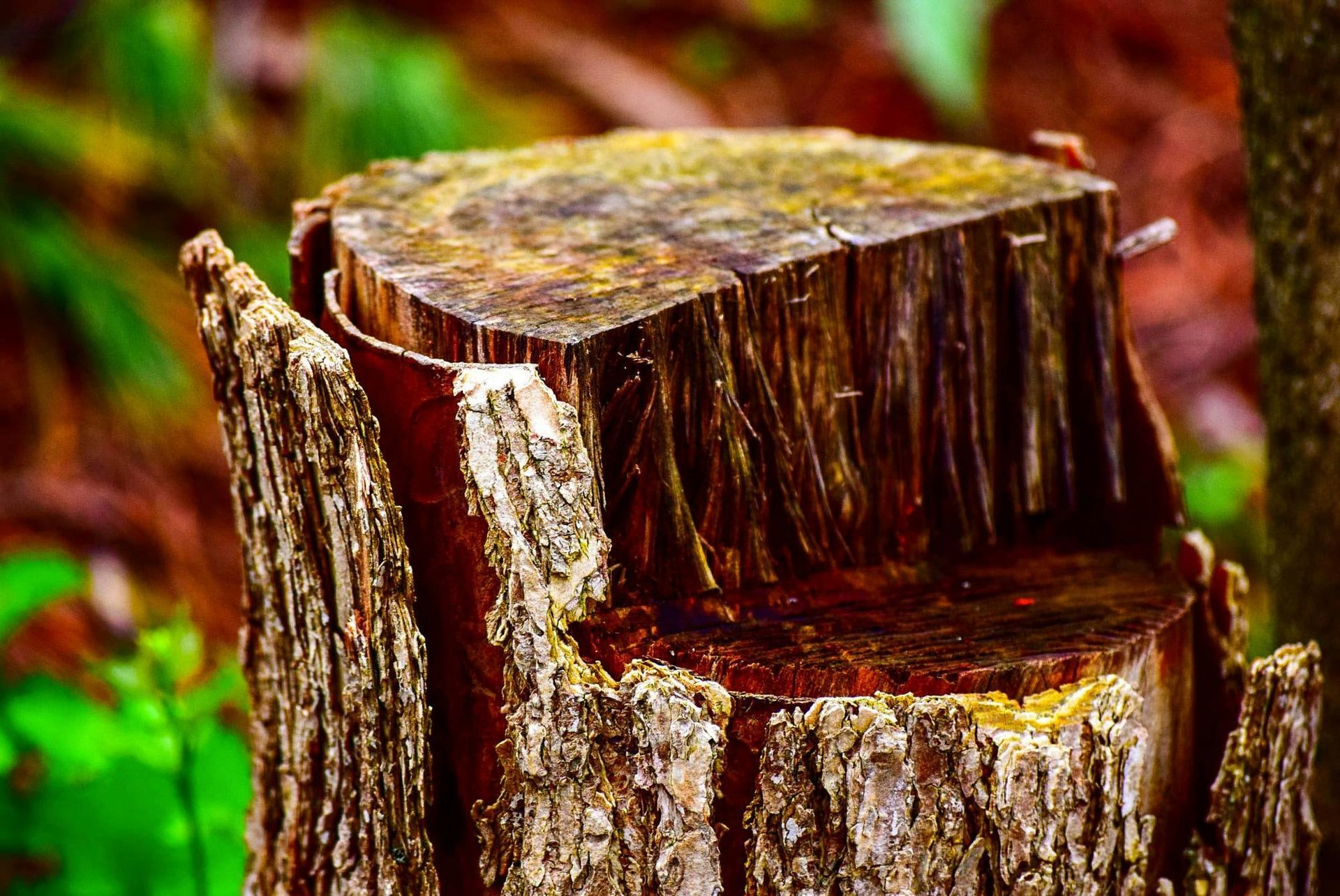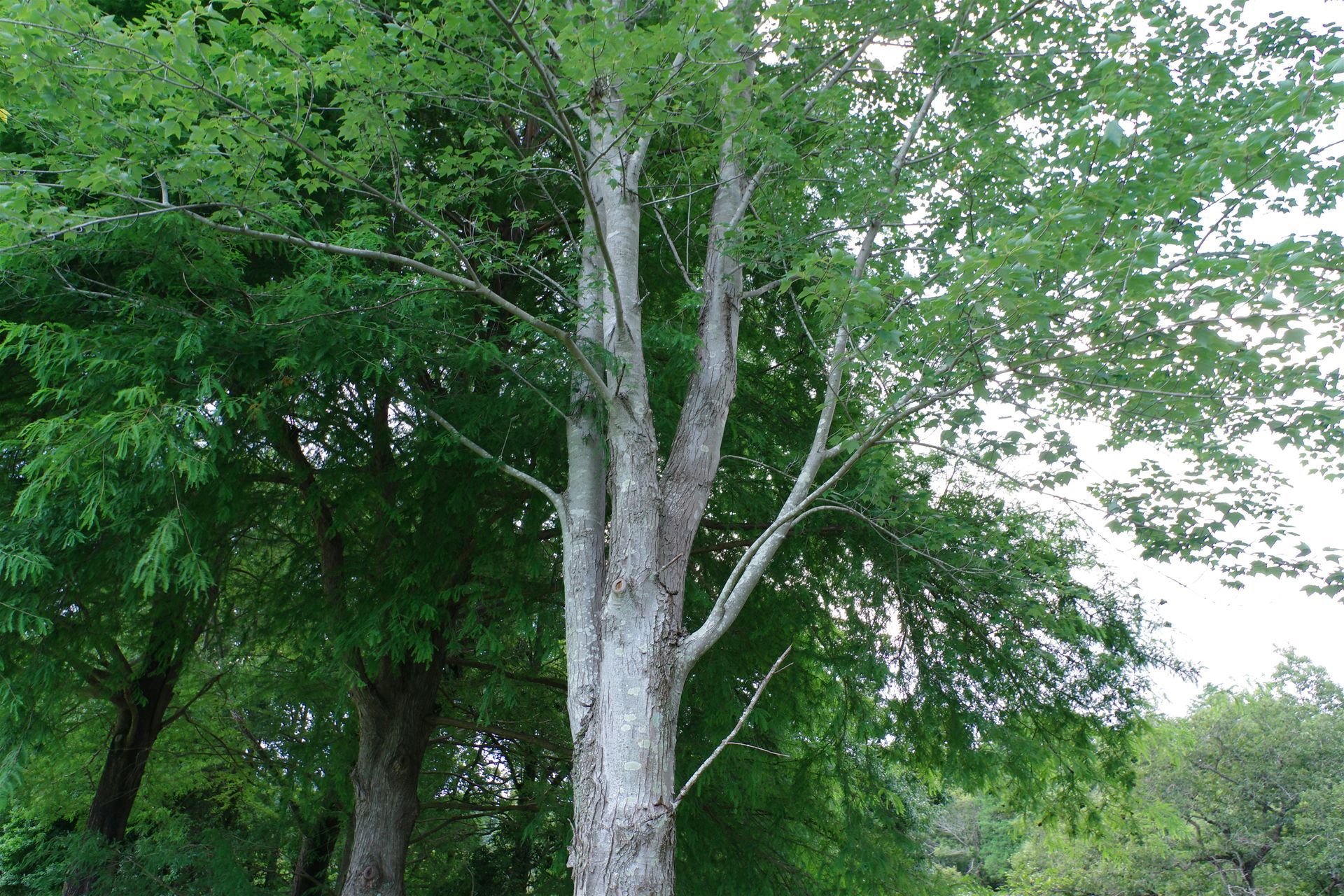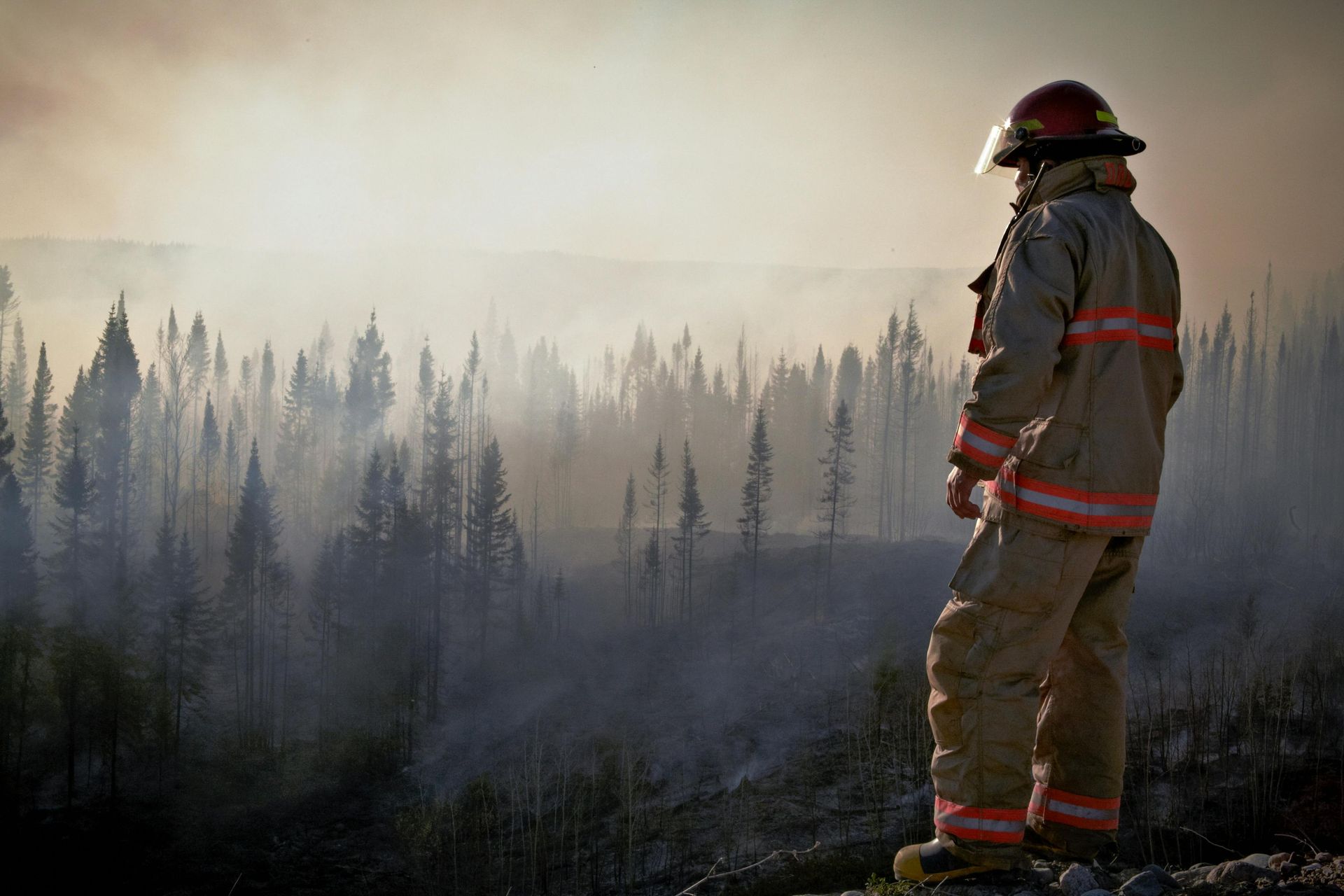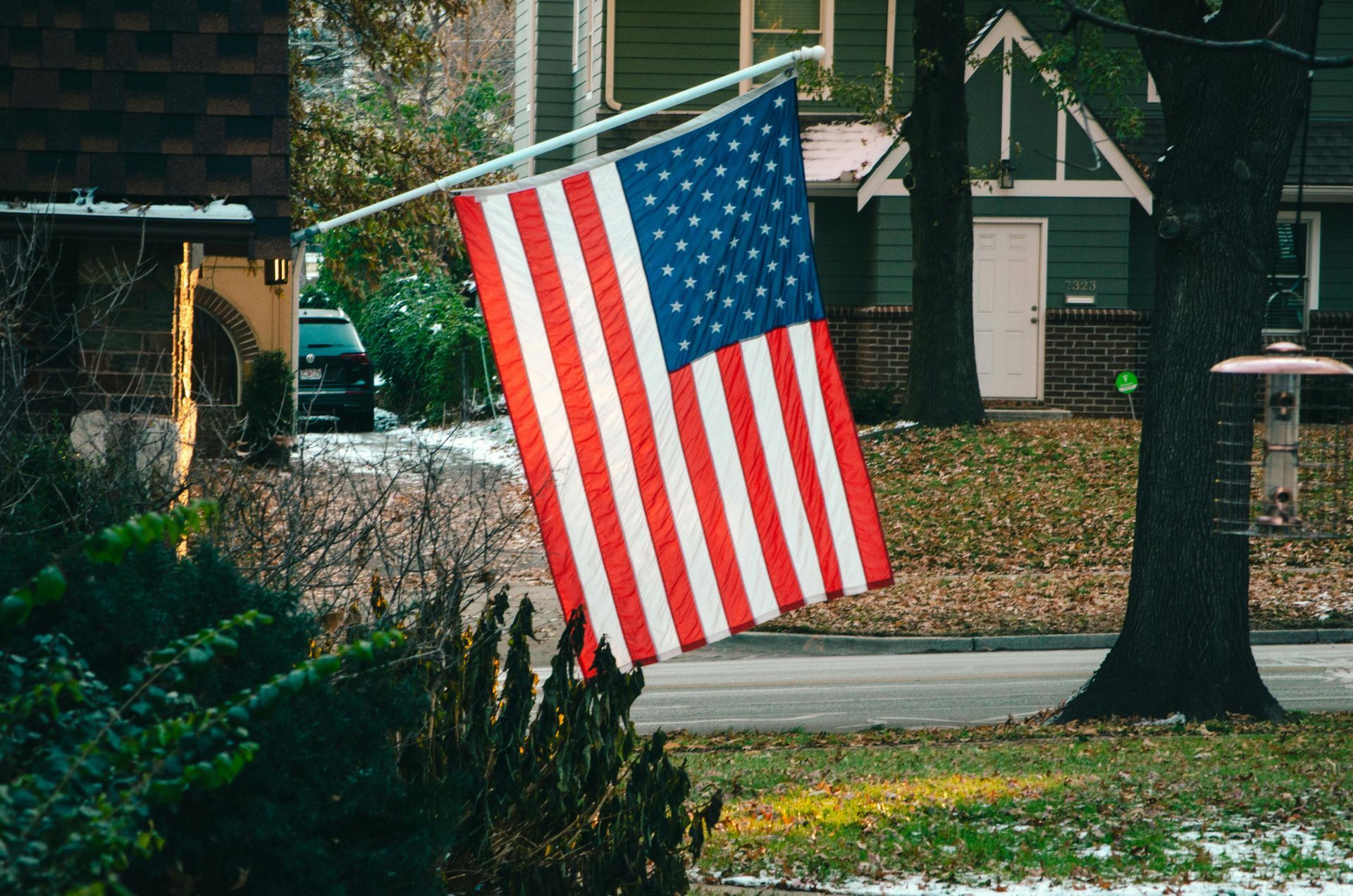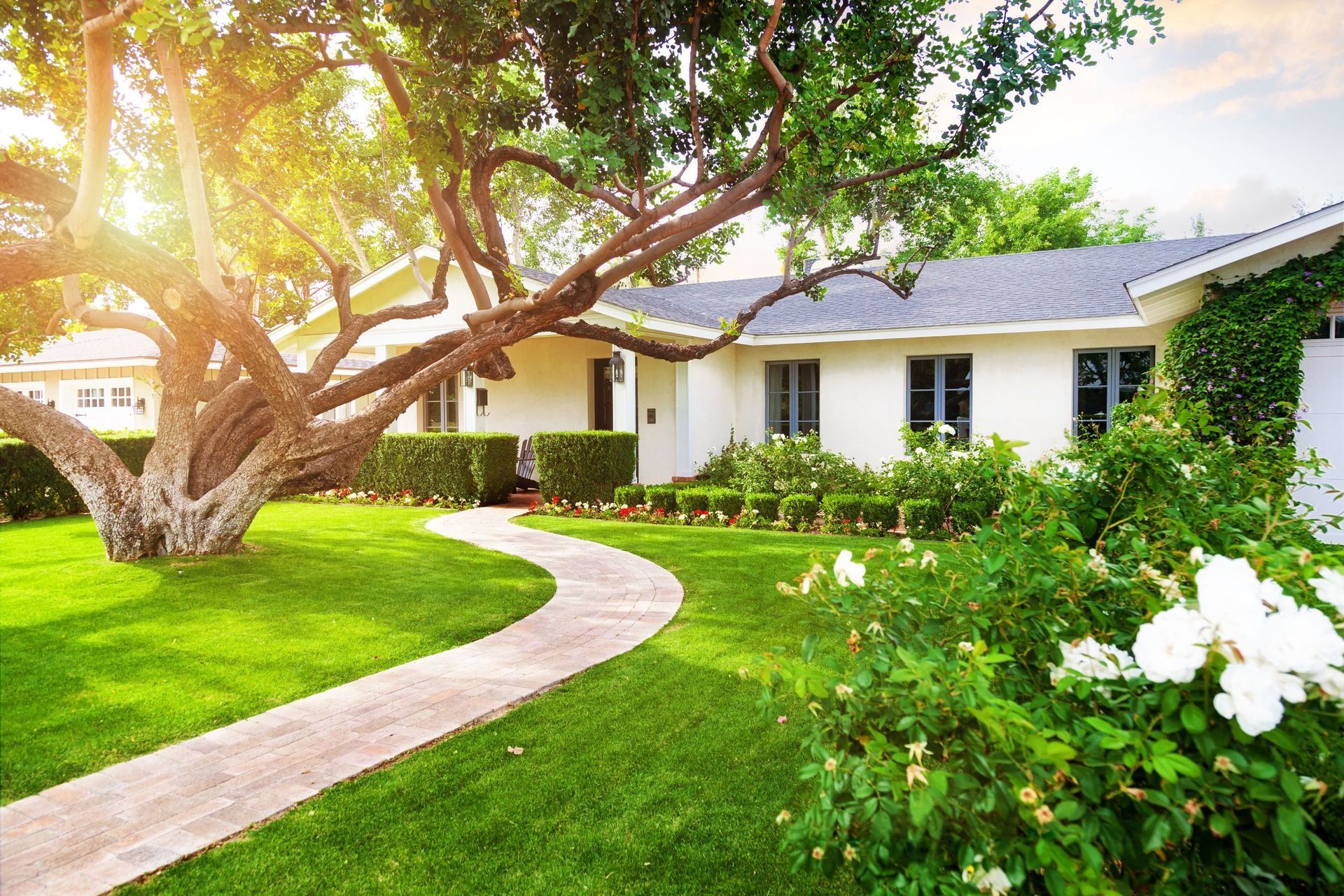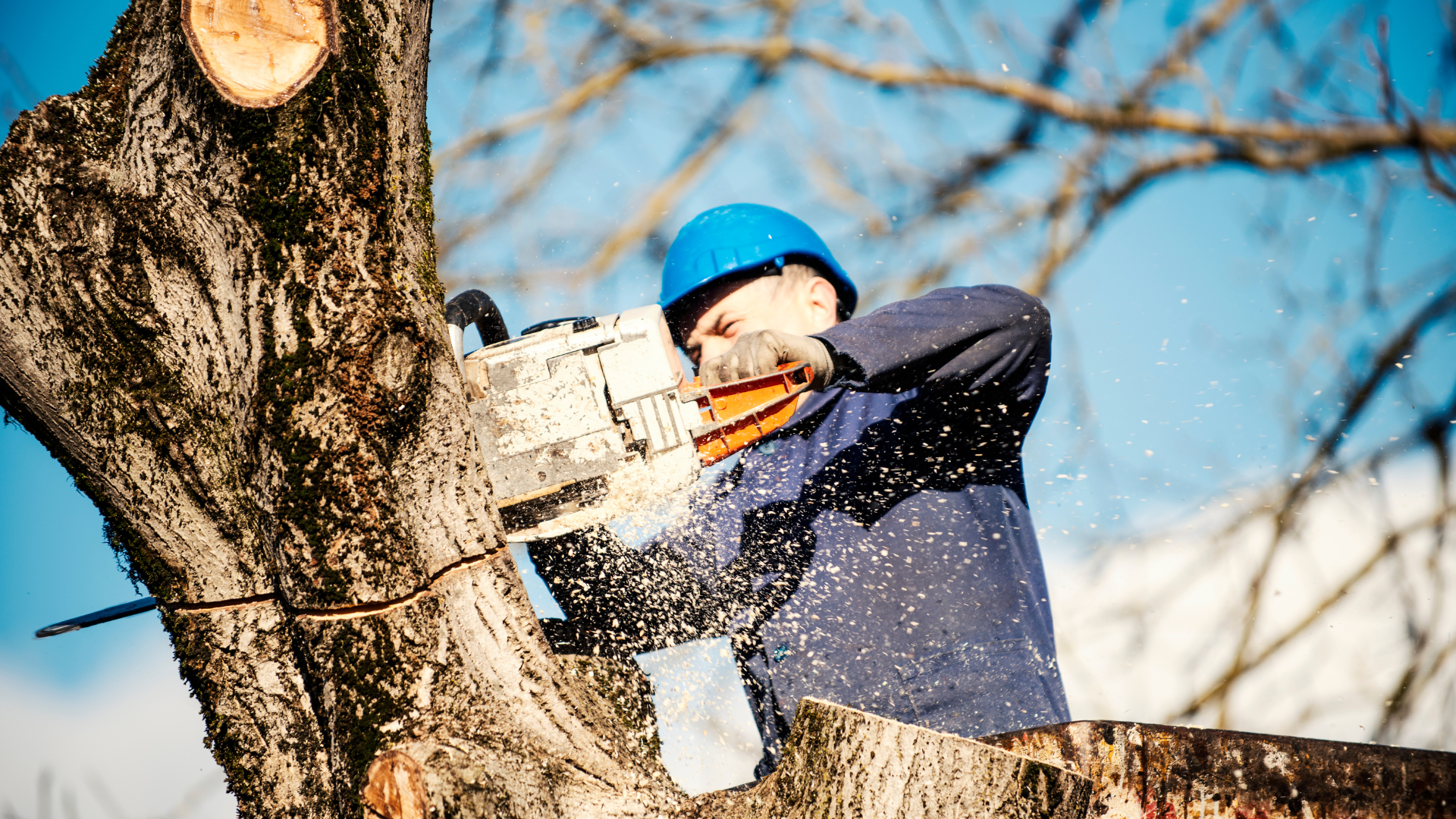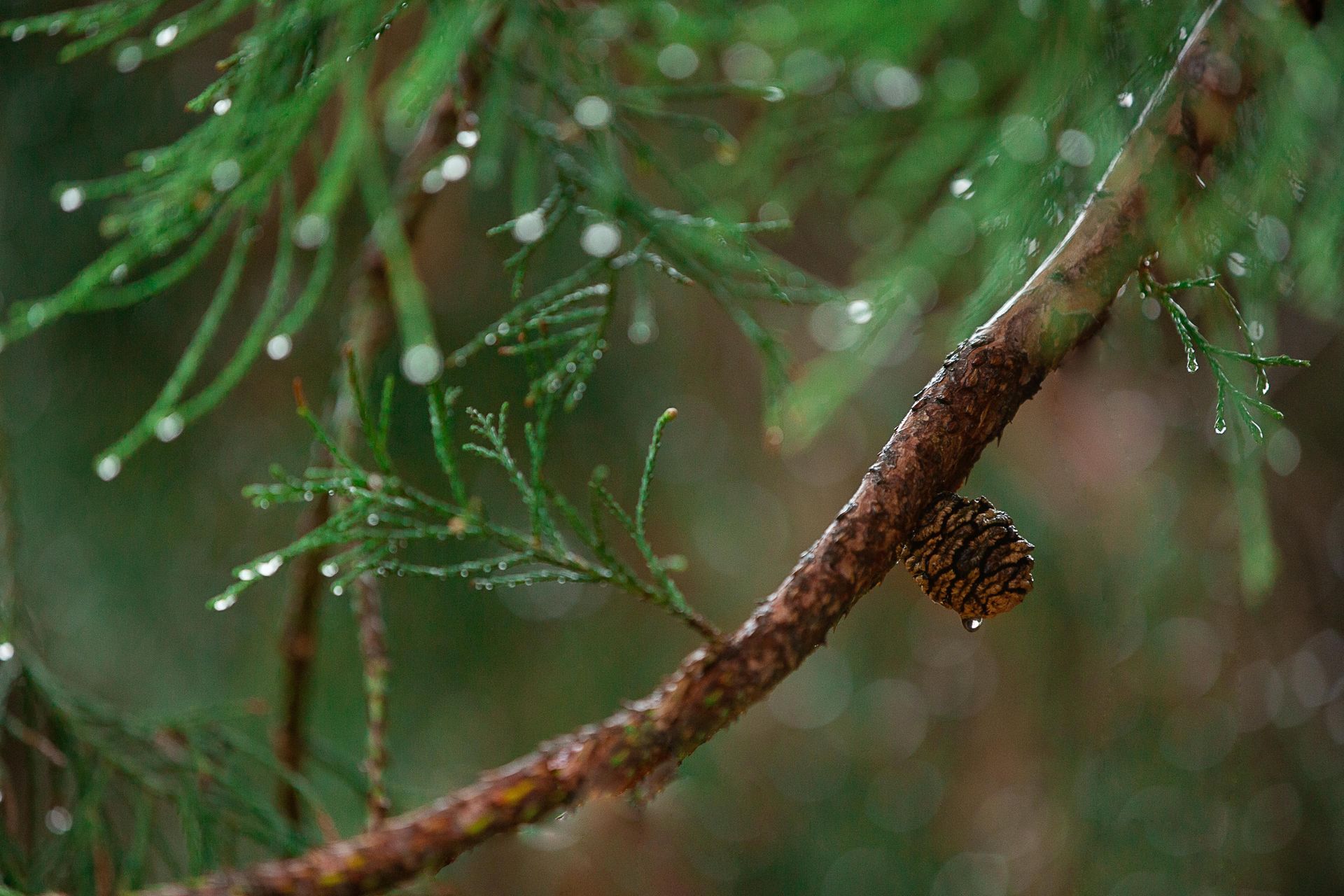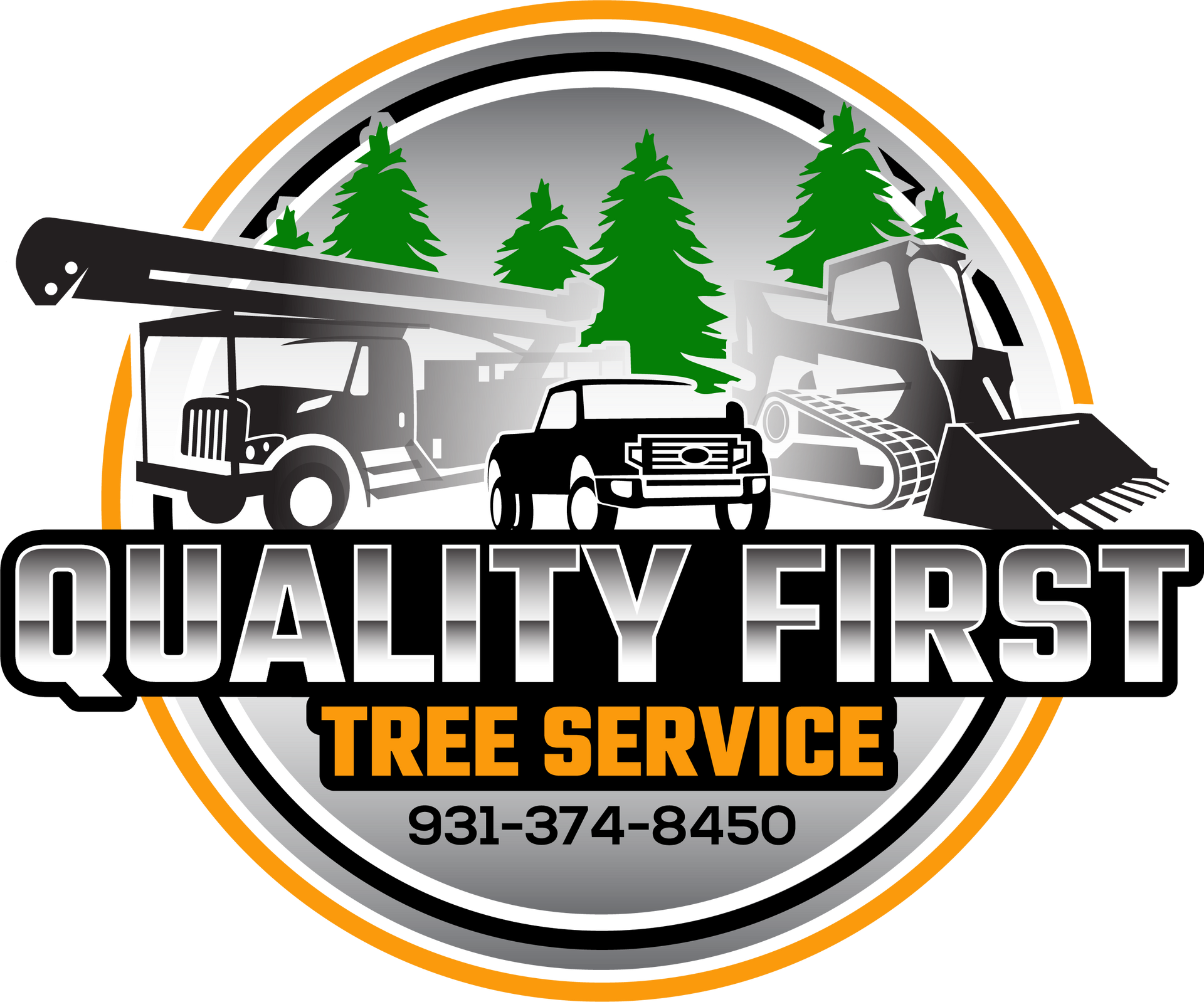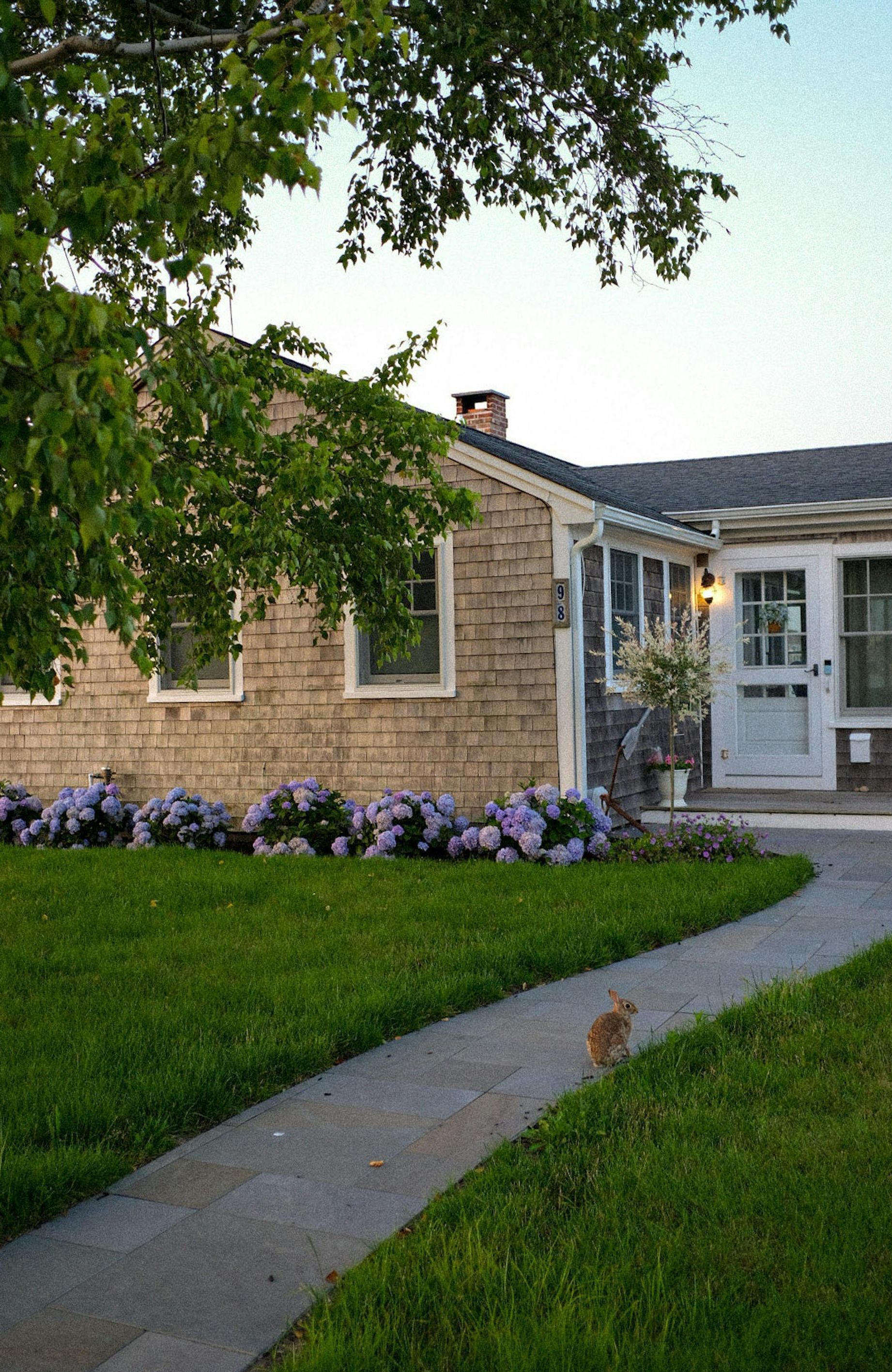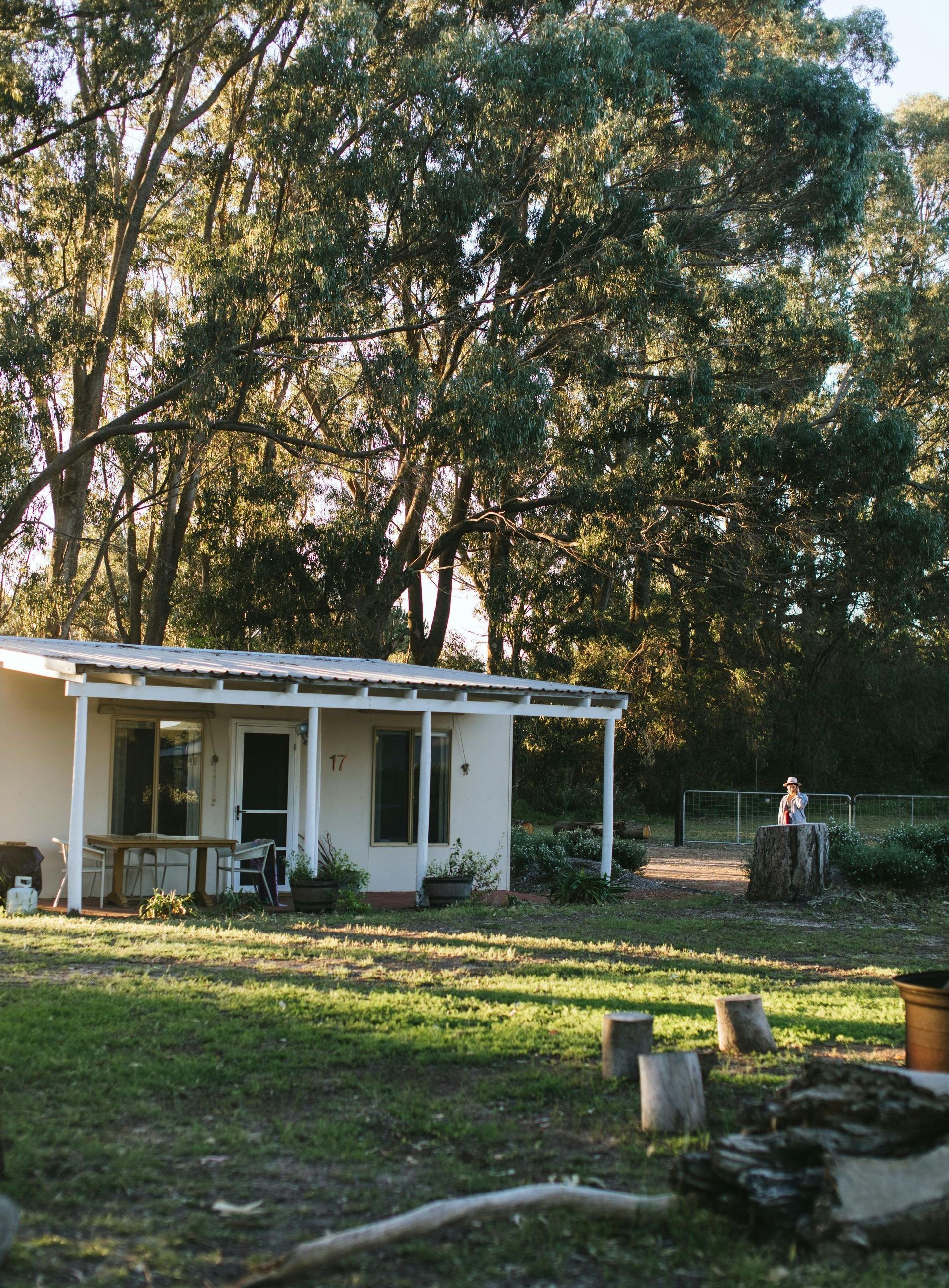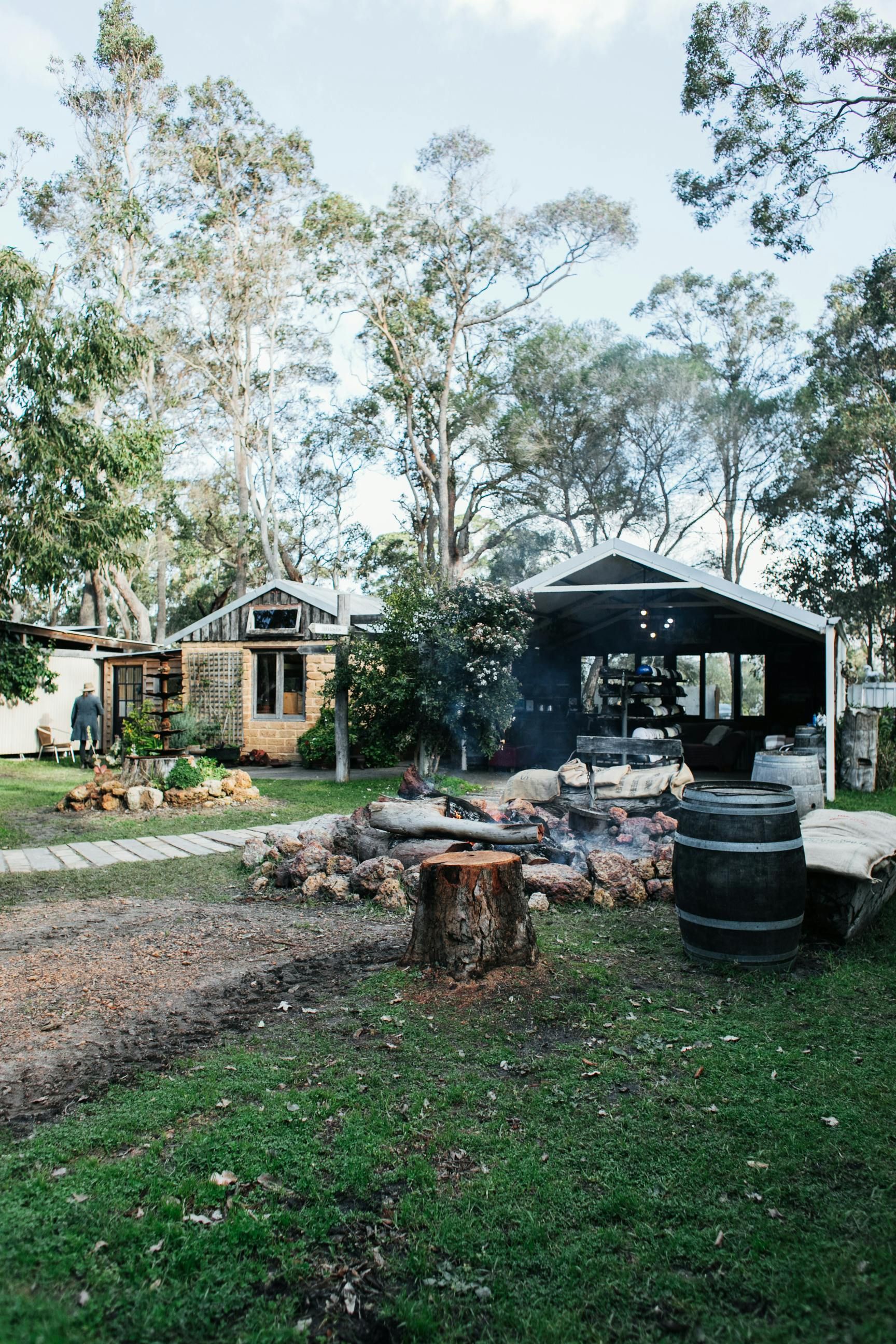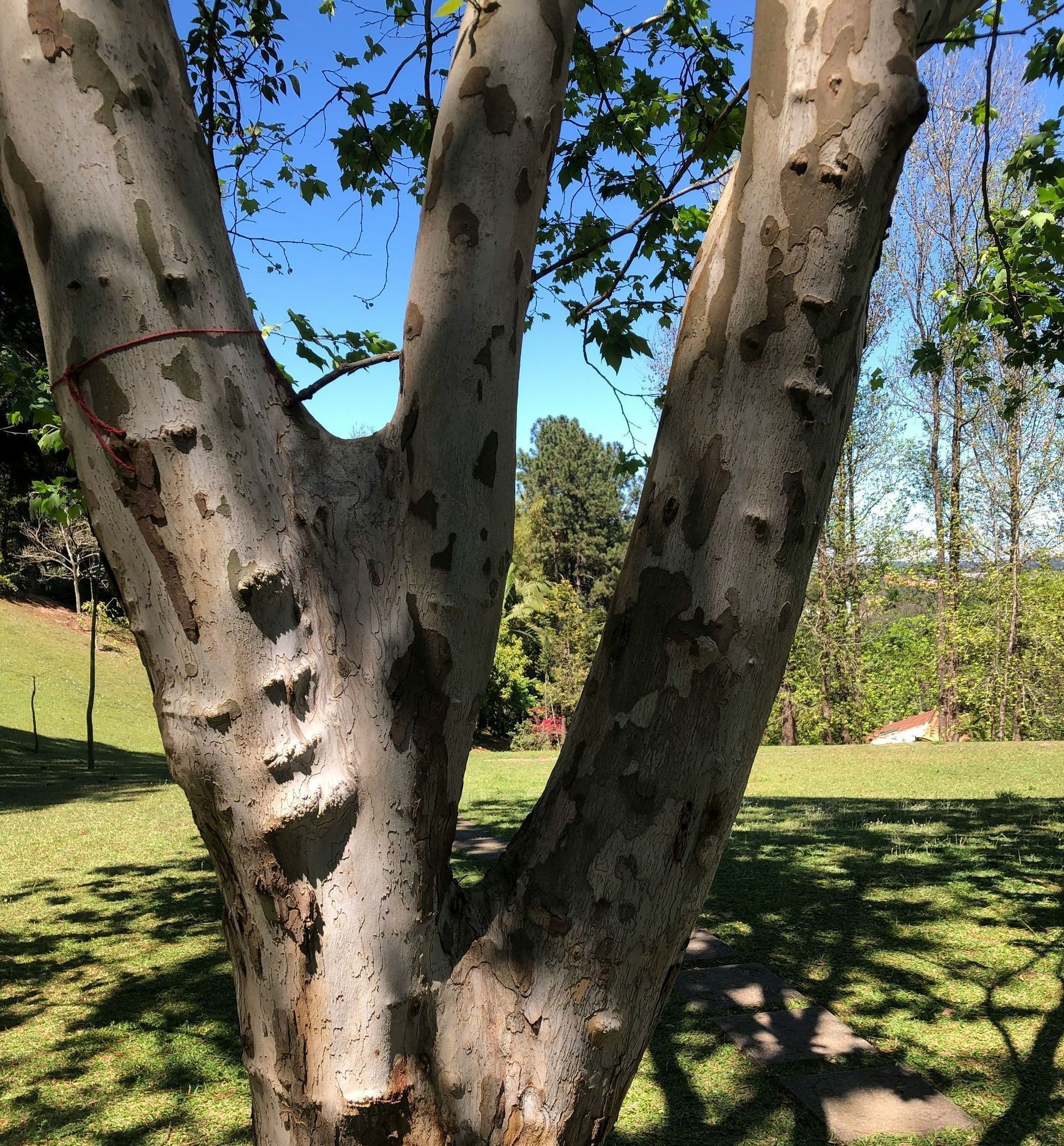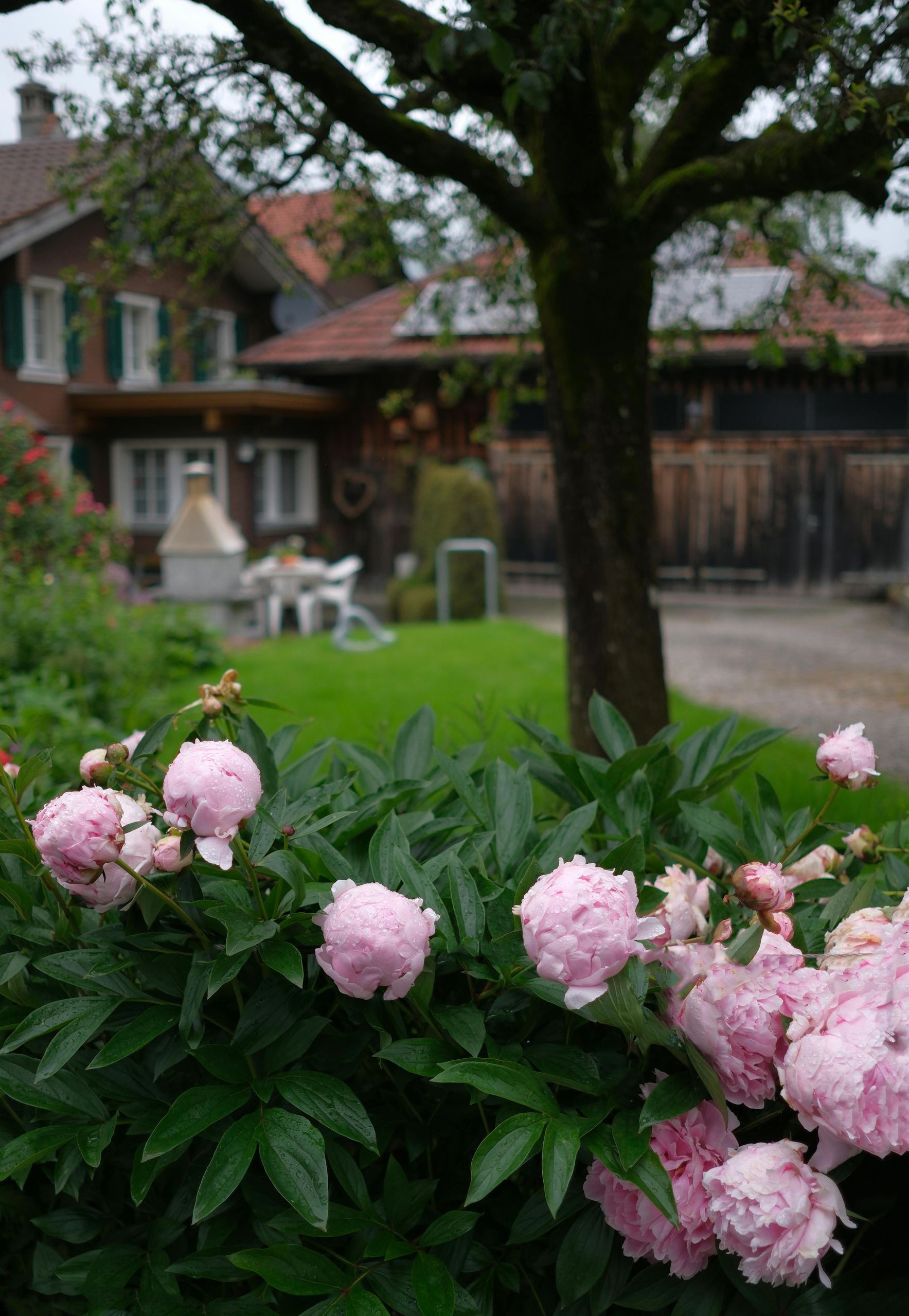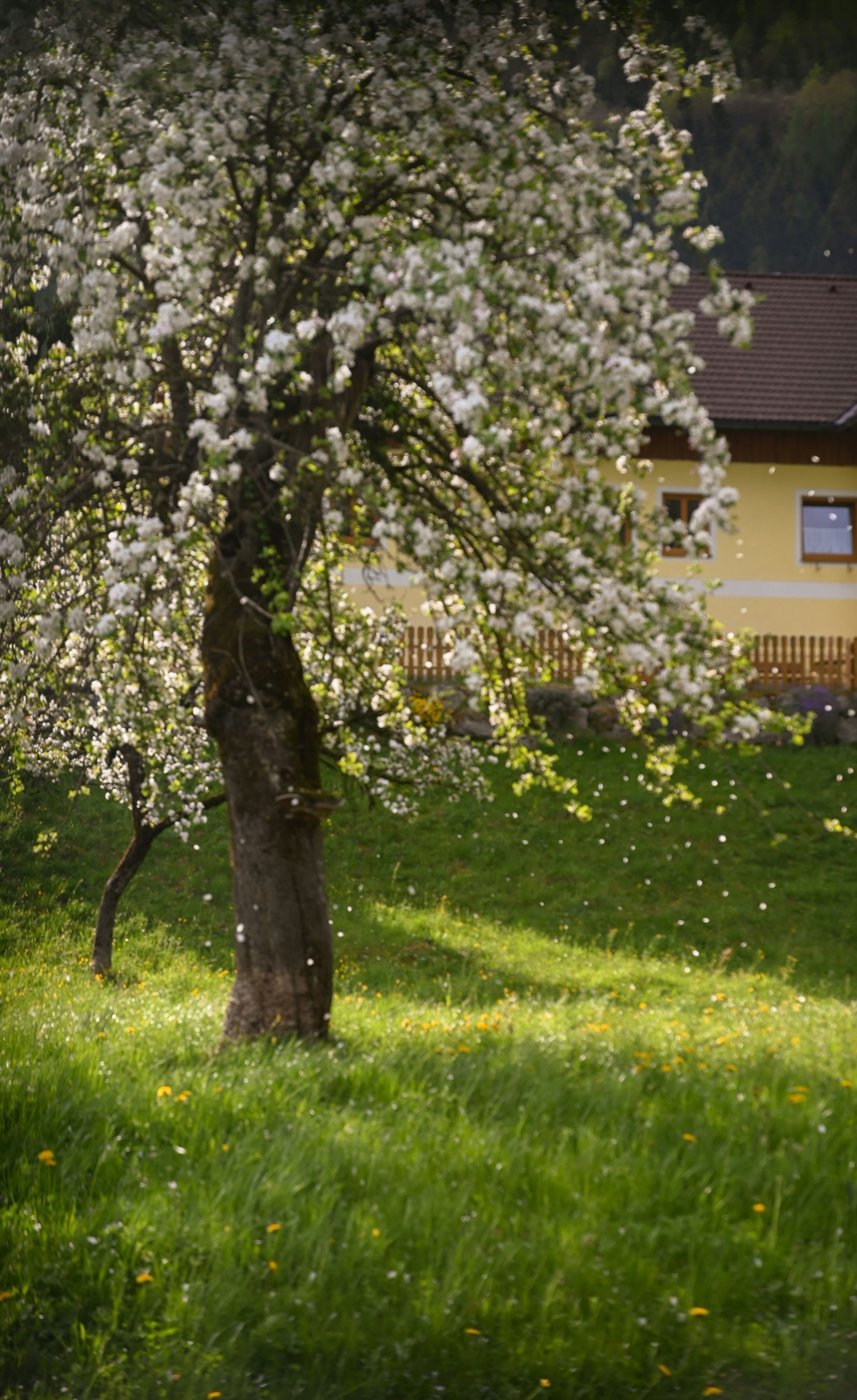The Value of Protecting the Mature Trees on Your Property
Preserving Your Landscape’s Legacy
Mature trees are more than just a backdrop for your property; they are long-standing assets that contribute to environmental health, home value, and the character of your landscape. Whether it is a towering oak shading your backyard or a line of maples defining your property line, established trees offer irreplaceable benefits that deserve careful protection.
At Quality First Tree Service, we specialize in helping homeowners preserve and maintain these natural investments. Here is why mature trees matter, and how to keep them safe, healthy, and thriving.
Why Mature Trees Matter
1. Property Value
Well-maintained mature trees
can increase property value by as much as 10–15%, according to real estate experts. Buyers are often drawn to homes with established landscaping and natural shade.
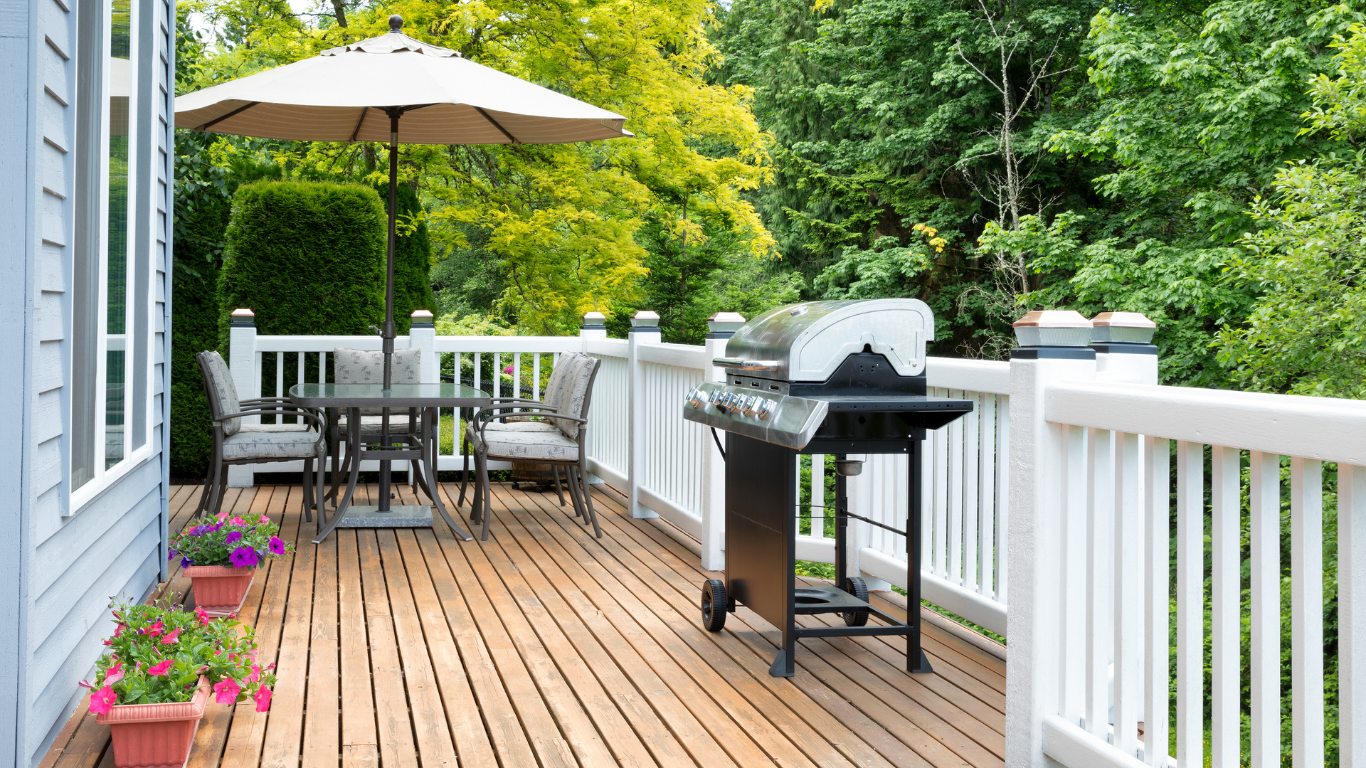
2. Energy Efficiency
Trees that provide canopy cover over your home can lower summer energy costs by reducing the need for air conditioning. Their root systems also help regulate ground temperature and prevent soil erosion.
3. Environmental Impact
Large trees absorb significantly more carbon dioxide than younger trees, playing a crucial role in carbon sequestration. They also filter pollutants from the air and provide habitat for wildlife.
4. Aesthetic and Emotional Benefits
Mature trees add beauty, privacy, and a sense of permanence to your property. For many families, they also hold
sentimental value, often planted to commemorate milestones or inherited with the home.
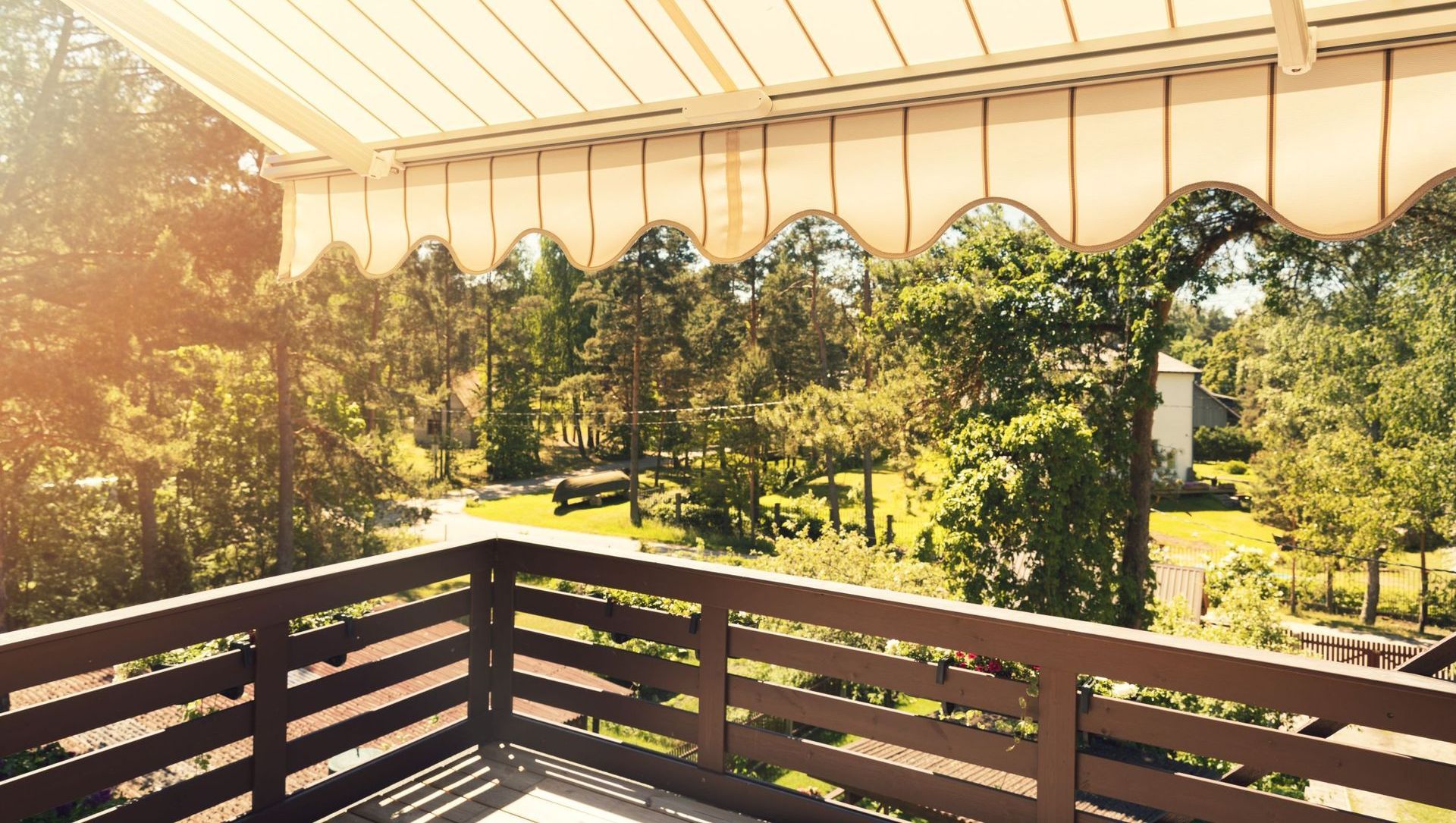
The Risks to Mature Trees
Despite their strength, older trees are not immune to decline or damage. Over time, even healthy-looking trees can develop structural or root issues that threaten their stability and lifespan.
Common threats include:
- Root compaction from foot traffic, construction, or parked vehicles
- Soil erosion or inadequate drainage around the base
- Overcrowding from younger, competing vegetation
- Pest infestations or fungal infections
- Storm damage to limbs or trunks
Because the health of mature trees is not always obvious from the outside, it is important to have them assessed by a certified arborist.
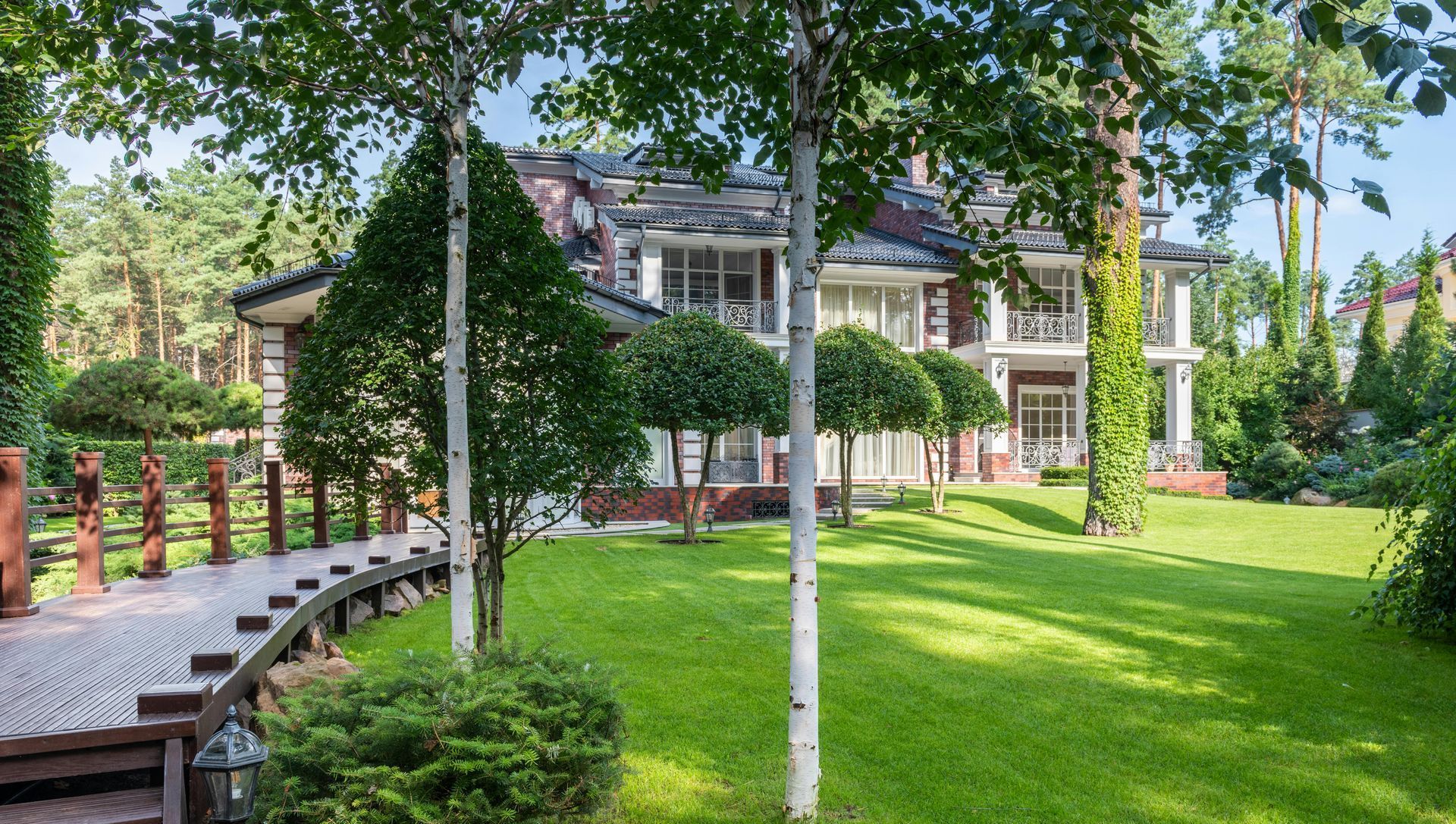
How to Protect Mature Trees
1. Schedule Routine Inspections
A professional arborist can identify early signs of disease, decay, or structural instability before problems escalate. Regular inspections allow for targeted interventions, like cabling, pruning, or soil treatments.
2. Avoid Damaging the Root Zone
The area beneath a tree’s canopy—also called the dripline—is sensitive to soil compaction. Avoid digging, driving, or storing heavy materials in this area. If construction work is planned near mature trees, consult an arborist in advance.
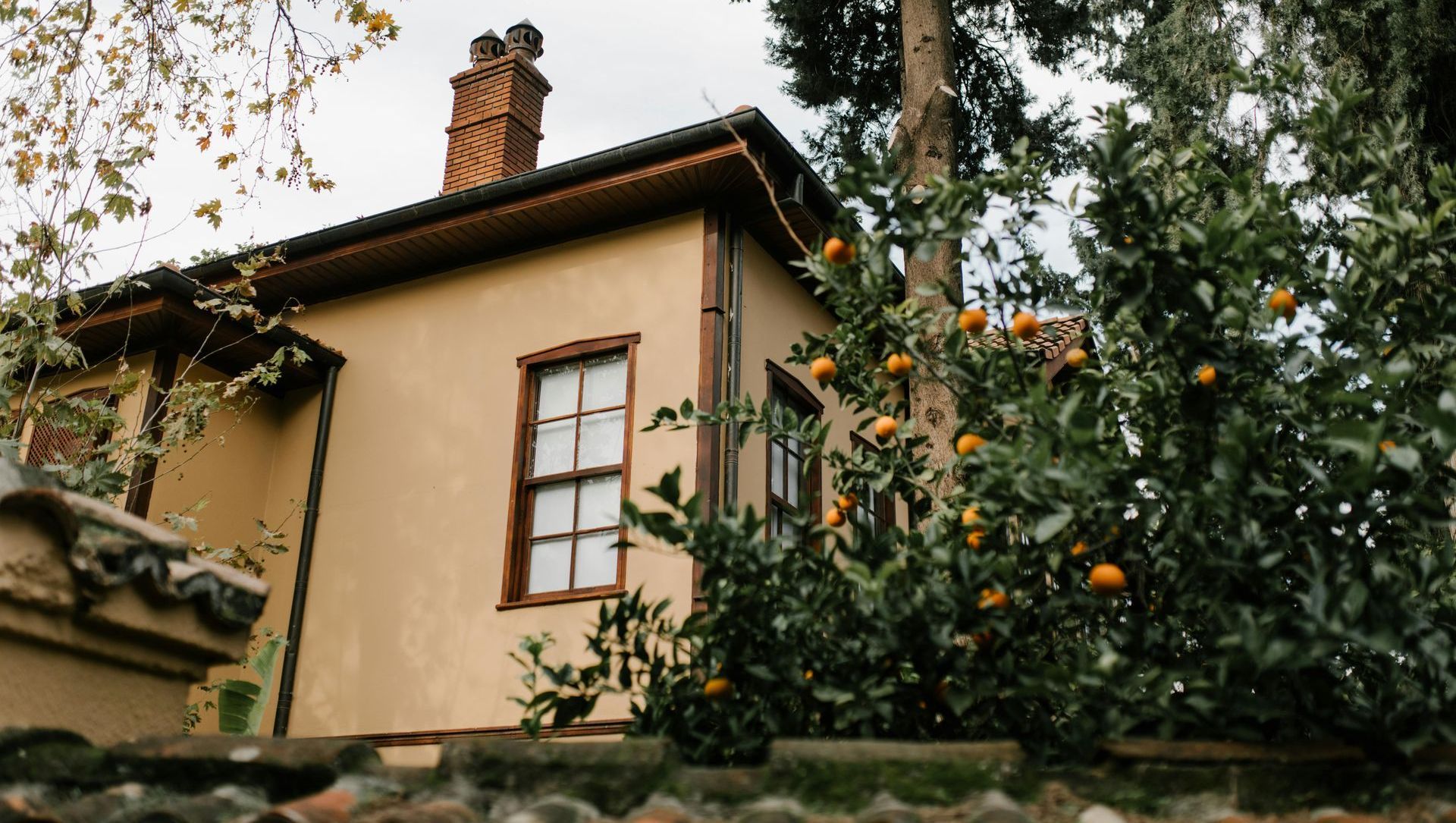
3. Prune with Purpose
Avoid aggressive or improper pruning, which can destabilize the tree or leave it vulnerable to infection. A skilled pruning plan removes only what is necessary for safety and health, preserving the tree’s natural structure.
4. Monitor Soil and Water Conditions
Long dry spells can stress even mature trees. During drought conditions, deep, infrequent watering is more effective than surface-level irrigation. Healthy trees also need nutrient-rich soil—mulching with organic material helps retain moisture and regulate temperature.
5. Address Pests and Disease Promptly
Insects and fungi can quickly take hold in aging trees. If you notice early signs—such as bark peeling, fungus at the base, or thinning foliage—it is time to call a professional. Early treatment is often the key to recovery.
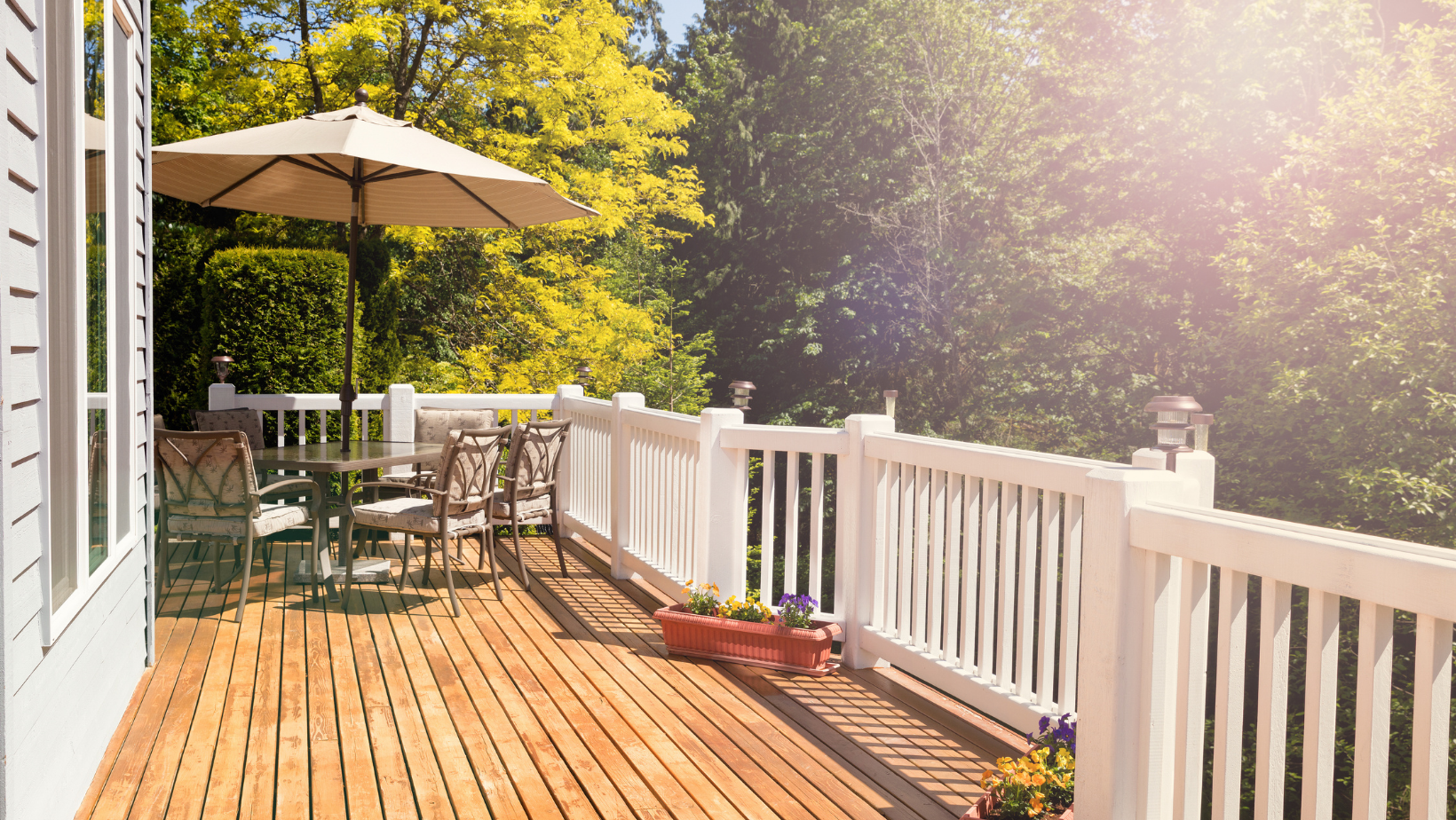
When Removal Is the Right Call
While the goal is always to preserve healthy trees, there are times when removal is the most responsible option. Dead, dying, or structurally compromised trees can pose a serious safety risk to people, buildings, and power lines.
At Quality First Tree Service, we assess each case individually, considering both the condition of the tree and its proximity to high-risk areas. If removal is necessary, we carry it out with safety and precision.
Trust the Professionals
Mature trees cannot be replaced overnight. Protecting them requires more than good intentions—it takes expertise, regular care, and a long-term view of landscape health.
If you have a large or aging tree on your property, or if you are unsure whether it needs professional attention, contact Quality First Tree Service. Our team of skilled arborists provides honest evaluations and expert care to ensure your trees stay strong for generations to come.
